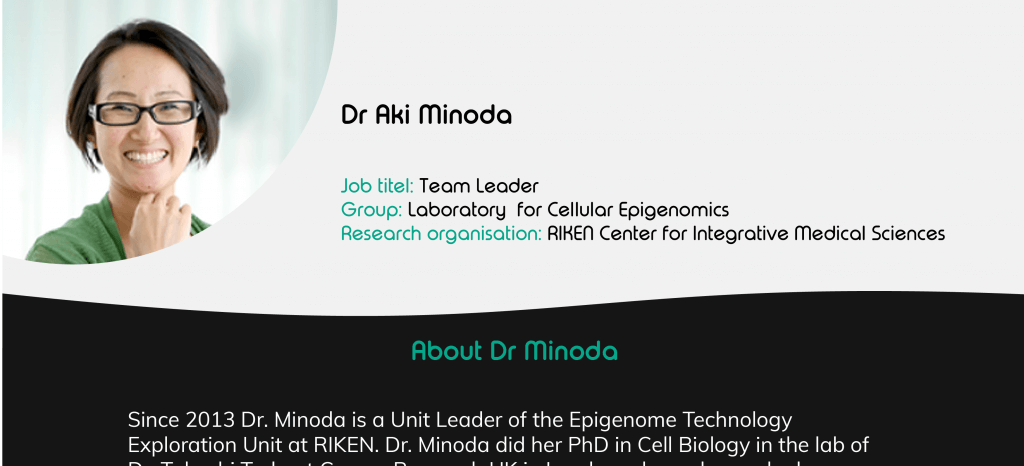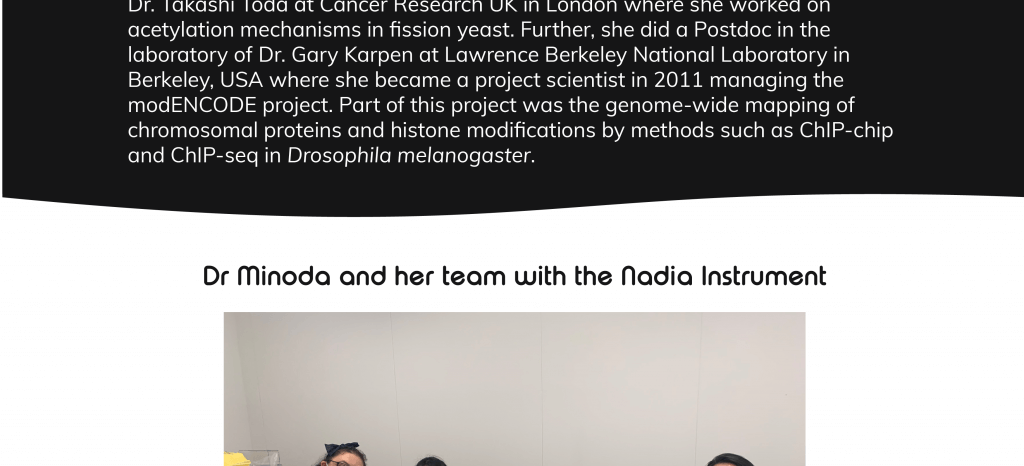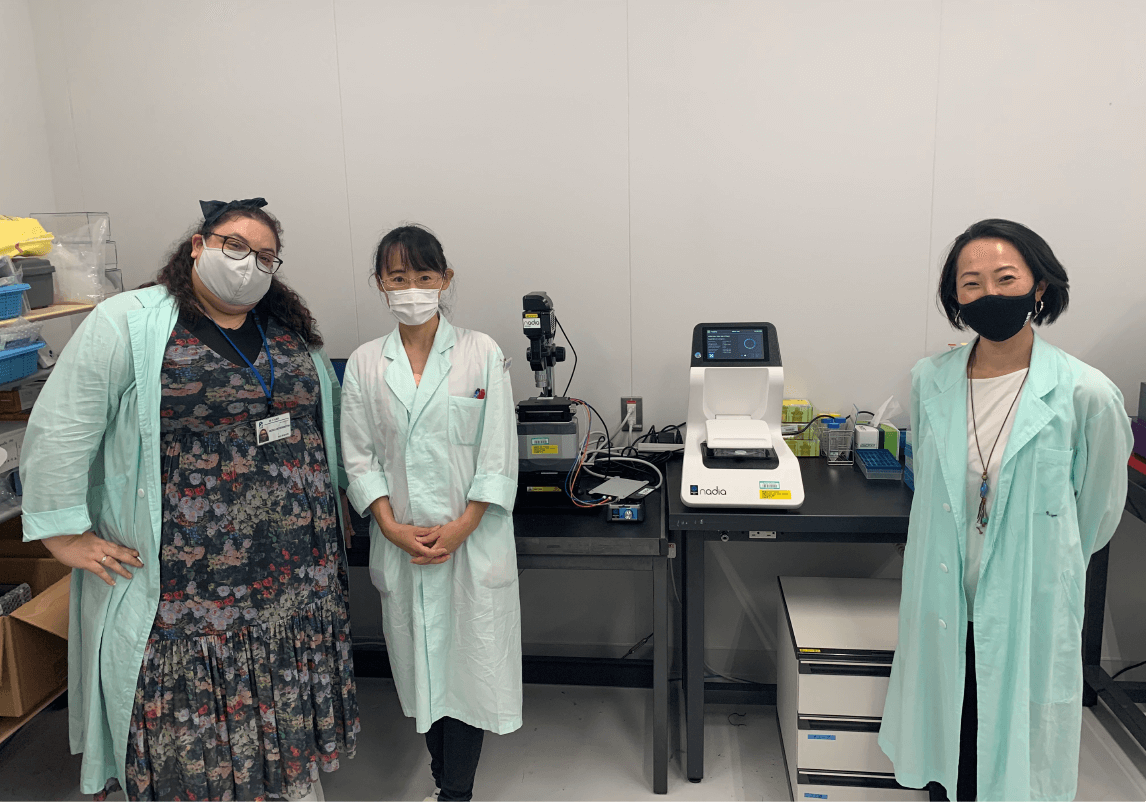


Tell us a bit about yourself and your background.
I started my career as a PhD student in London (at Cancer Research UK) on fission yeast, characterising a protein that turned out to be involved in chromatin remodelling. This was the beginning of my chromatin biology career. For my postdoc in Berkeley (Lawrence Berkeley National Laboratory, California), I was involved in the modENCODE project, mapping chromatin landscapes in fruit flies by ChIP-chip/seq. This is also where I got exposed to bioinformatics analysis through our bioinformatics collaborator. I then became independent at RIKEN where I am now, where I started a lot of single cell genomics analysis, scRNA-seq to begin with, and snRNA-seq and scATAC-seq more recently. We do both wet and dry aspects in our lab, which I am very proud of!
What is the focus of your research group?
Ageing is the main focus at the moment, using mouse tissues as a model. We are also part of a group that is funded to study plant stem cells, for which we carry out the technologies mentioned above with many collaborators using different plant models. I am hoping by understanding the secret of plants’ vitality, we can gain some hints on we could live healthier with age.
What is the aim of your research project and what are you hoping to accomplish with the Nadia platform?
For the mouse ageing project, we want to know if there are common pathways/aspects in different tissues that are affected more with ageing, as well as how the microbiota may affect ageing. With the plant project, we aim to identify stem cell properties from various plant tissues (meristems, which are enriched in stem cells). For both of these projects, we hope to determine the optimal conditions (including appropriate buffers, flowing speed, stirring speed, etc) in order to generate high-quality datasets, which is very important for subsequent bioinformatics analysis.
What would you consider to be the benefits of Dolomite Bio’s Nadia platform, which have allowed you to conduct your research?
The Nadia Innovate has been great for optimising conditions for the generation of high-quality datasets for both single cells and single nuclei, for both the mouse and plant projects, but perhaps more for the plant project, since the standard conditions for mammalian cells are not suitable for protoplasts (cells after cell wall removal), which are larger in size, weaker (easier to lyse), and sensitive to osmolarity changes.
Further Reading
Read our Researcher Spotlight with Dr. Emmanuel Wyler, on his research on bulk and single-cell transcriptome profiling of SARSCoV2 infected cell lines :


